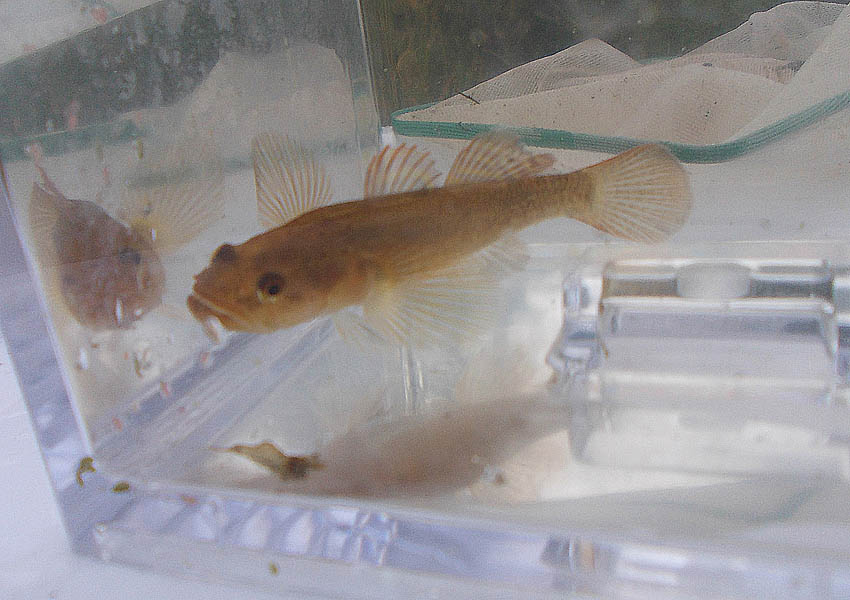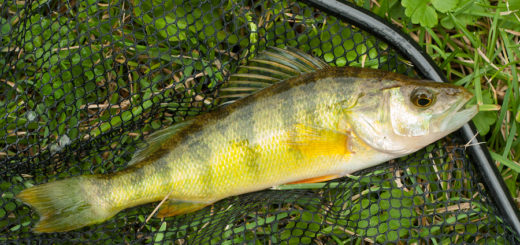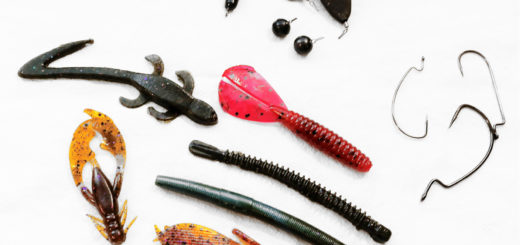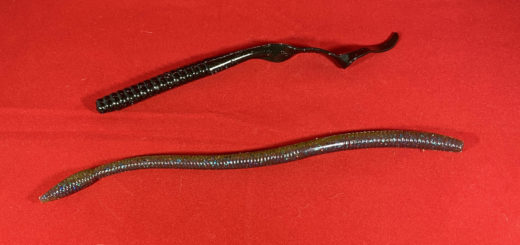
Native Flathead Gudgeon and Freshwater Shrimp recovered from undisclosed location in Victoria, Australia.
Many fishing enthusiasts also keep fish as pets, in fact, most of the best looking aquariums are usually kept by fishermen. One problem with the aquarium trade in Australia however, is the fact that 95% or more locally available fish stock are imported fish from outside Australia.
Keeping natives was popular with fishermen in the 1960’s, as they could keep small minnows like pygmy perch and then use them for bait fish without the need to collect locally. Today however, this is illegal, you are not allowed to transfer any fish from a home aquarium into a public waterway, by this meaning, releasing pet fish into storm water drainage, lakes, rivers, creeks and public dams is restricted. Releasing such fish into your own private dam however still requires a permit from the department of primary industries, but the permit process is very simple and is free of charge.
Collecting wild minnows for transfer to a home aquarium is now also an illegal process, but again there is a very simple and easy permit process, which is provided free of charge should you wish to go down this route. All you need to do is call the Department of Environment and Primary Industries, mention that you have a fishing licence, and wish to collect minnows from public waterways. You will need to state your target fish, such as southern pygmy perch, flathead gudgeon, or a species of rainbowfish. A permit will then be arranged and emailed to you, it will also be sent through the post.
Once this permit is issued, you can collect your specified species provided it is within the regulations of recreational fishing, for example flathead gudeon in Victoria is bag limited to 40 fish, so provided you don’t take more than 40 fish from a river, you are in line with the permit regulations.
In Victoria, all fish not mentioned as having a bag limit, has an automatic bag limit of 5. Meaning if you are going after something like southern pygmy perch, then the limit for collection is 5.
Under the permit rules, you are also not allowed to resell the fish under any circumstances, and the fish must not be gifted or supplied to anyone who holds an aquaculture licence. These rules exist to stop the fish being diverted into the aquarium or private fish stocking industry.
The fish you collect are however free to be traded with other fish collectors and enthusiasts, provided they are either provided as a gift or swapped without a payment being made.
Bringing a small bucket of creek water home is good to test the PH, Carbonate Hardness and General Hardness of the water the fish were living in initially, so as you can match your tank to the same or similar conditions. It is recommended however that once you find a good location that you will be stocking your aquarium from, you first match your aquariums PH, KH and GH to the same or extremely similar conditions, then proceed with the collection of live fish.
I will write more about how to prepare an aquarium for those who do not yet understand this method, it is vital that you get your biological filter working for at least 2 weeks prior to stocking, and also that you match the PH / KH and GH so it has been stable for at least 2 weeks before introducing fish. This is often overlooked by people outside of the hobby, but is essential if you want your fish to last longer than a couple of weeks.









